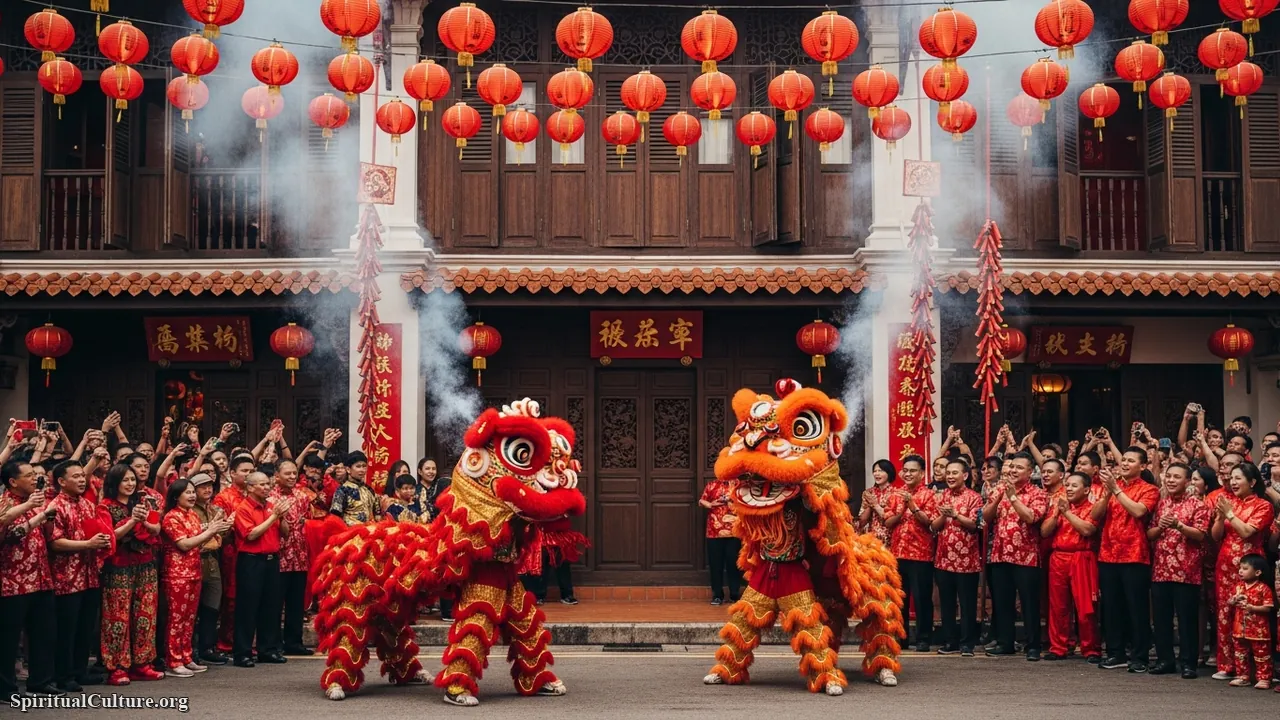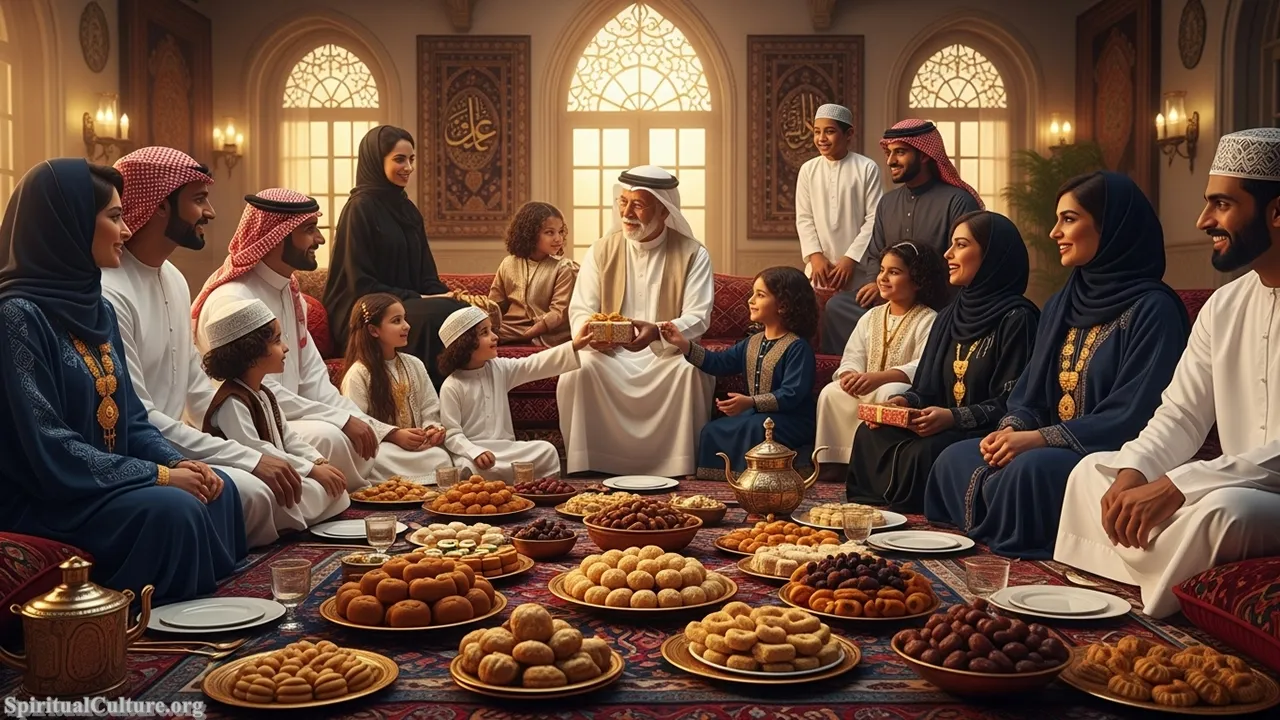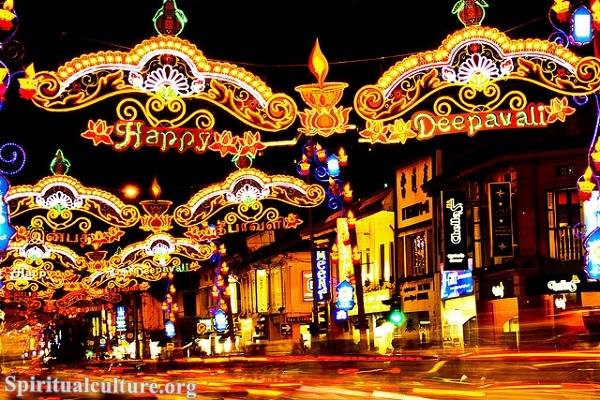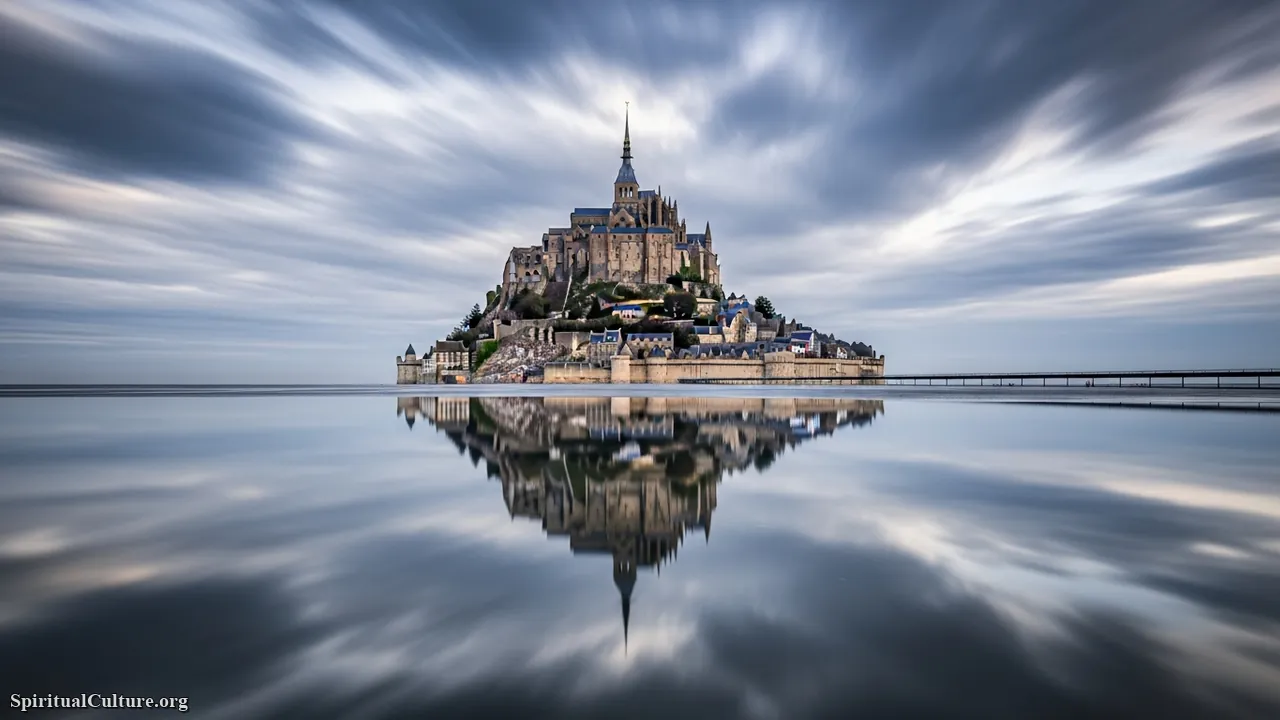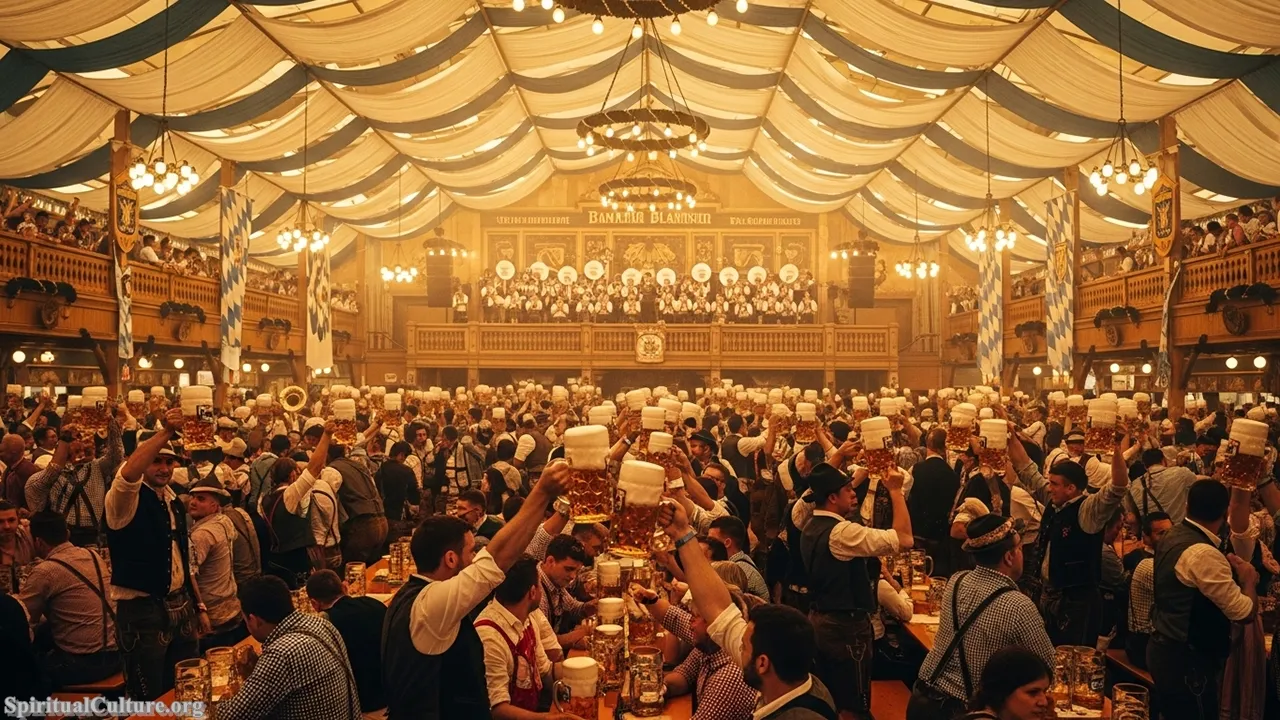Throughout human history, spirituality has been a compass—guiding people through the mysteries of life, death, nature, and the divine. Yet how this compass is held, interpreted, and followed differs remarkably based on how people live.
One of the most profound contrasts lies between nomadic cultures—those who move with the seasons, herds, or desert winds—and settled cultures, which grow roots in land, architecture, and tradition.
As Spiritual Culture, we invite you to explore how the rhythm of life—whether mobile or stationary—shapes religious expression, sacred space, and spiritual worldview. This article will uncover key differences and surprising connections between the religious lives of those who wander and those who dwell.
The Spirituality of Movement and Place
Nomadic Spirituality: Faith on the Move
Nomadic cultures—such as the Bedouins of the Middle East, Mongolian herders, or Indigenous groups like the Sami of Scandinavia—carry with them a deep awareness of impermanence. Their spirituality often mirrors the rhythms of nature, sky, and landscape.
Sacredness Without Temples
Nomads rarely build permanent shrines. Instead, nature becomes the temple. A desert oasis, a mountaintop, or a riverbed may serve as temporary sacred spaces. Spiritual practices are often portable, oral, and intimately tied to ecology.
“Heaven is my throne, and the earth is my footstool. What house could you build for Me?” — Isaiah 66:1
This scripture, though biblical, echoes the nomadic heart—where God or Spirit is not confined to walls.
Rituals in Motion
Nomadic rites often occur under open skies. Prayers may align with sunrise or wind direction. Ceremonies mark migration patterns, animal births, or changing seasons. The act of journeying itself becomes a form of pilgrimage, a moving meditation.
Oral Tradition and Transmission
Without permanent institutions, nomads rely on storytelling to pass down sacred knowledge. Songs, proverbs, and parables are not only cultural but spiritual vessels.
In Mongolian shamanism, the sky god Tenger is honored through chants passed from elder to apprentice—no texts, just memory.
Settled Spirituality: Faith Rooted in Place
Settled cultures—agrarian villages, cities, and empires—tend to develop organized religions, institutional priesthoods, and permanent sacred architecture. With land ownership comes the opportunity to build, codify, and formalize.
Temples, Churches, and Sacred Centers
From the towering ziggurats of Mesopotamia to medieval cathedrals or Hindu temples, settled societies craft sacred enclosures where heaven meets earth. These places are not just symbols—they’re spiritual anchors.
“Make for me a sanctuary, and I will dwell among them.” — Exodus 25:8
In settled life, space is sacralized. A home altar, a village shrine, or a pilgrimage destination becomes part of the religious landscape.
Agricultural Calendars and Festivals
Settled people develop ritual calendars based on planting and harvest cycles. Think of Passover (linked to spring barley harvest), the Hindu Pongal (celebrating rice), or Lammas in old Europe (first wheat). Earthly rhythms become spiritual ones.
Codified Doctrine and Clergy
With stability comes the rise of texts, priests, laws, and hierarchies. Settled faiths tend to become doctrinal, emphasizing orthodoxy (right belief) alongside orthopraxy (right practice). The Torah, Vedas, and Qur’an all emerged in such contexts.
Key Contrasts in Religious Practice
| Aspect | Nomadic Religions | Settled Religions |
|---|---|---|
| Sacred Space | Natural, temporary, mobile | Permanent, constructed, central |
| Ritual Timing | Tied to seasons, migration | Tied to agricultural calendar |
| Religious Leaders | Shamans, elders, healers | Priests, monks, clergy |
| Transmission | Oral tradition, stories | Written scriptures, codification |
| Spiritual Symbols | Nature-based (sun, sky, animals) | Artifact-based (icons, altars) |
| Worldview | Cyclical, flexible, nature-integrated | Linear, structured, rule-based |
Shared Threads: What Unites Both Worlds
Despite differences, both nomadic and settled spiritualities speak to universal human questions:
- What lies beyond death?
- How should we live?
- Who or what governs this world?
- How do we stay connected to the sacred?
Whether through the howl of a wind-blown prayer or a choir echoing in stone walls, both paths reflect the longing for meaning and relationship with the divine.
Pilgrimage as a Meeting Point
Interestingly, settled religions often include pilgrimage—a return to nomadic motion. Muslims travel to Mecca, Hindus to the Ganges, Christians to Jerusalem or Santiago. The sacred journey, even in rooted faiths, awakens the nomadic soul.
“Blessed are those whose strength is in you, whose hearts are set on pilgrimage.” — Psalm 84:5
Cultural Impacts on Belief Systems
How Nomadic Life Shapes Belief
- Adaptability: God(s) are often seen as mobile, personal, and adaptable to change.
- Ecological intimacy: Nature is not just backdrop—it is divine partner.
- Minimalism: Sacred practice is light, memory-based, and unburdened by possessions.
- Community: Faith is transmitted in small, kinship-based groups.
How Settled Life Shapes Belief
- Hierarchy: Religious authority is formalized, often male-dominated, with structured leadership.
- Architecture and art: Sacred art flourishes—icons, sculptures, music, scripture.
- Law and morality: Religion overlaps with civil law, influencing societal norms.
- Legacy: Texts and temples preserve belief systems for centuries, ensuring continuity.
Modern Echoes: Nomads in the 21st Century
Even today, nomadic spirituality survives among desert tribes, reindeer herders, and refugee communities. It also emerges in new forms:
- Digital nomads seeking meaning without roots
- Van-lifers practicing mindfulness in nature
- Spiritual seekers who reject institutional religion in favor of earth-based or ancestral practices
And in contrast, settled religions—Catholicism, Islam, Hinduism—face the challenge of balancing tradition with transformation in a world that is both rooted and restless.
Reflect and Reimagine
What does this mean for you?
Whether your life is grounded or in motion, your spirit yearns for connection. The question is not whether one way is better—but what your soul needs now.
Perhaps you are being called to wander, to experience the sacred in sky and wind.
Or perhaps you’re being called to build, to root yourself in community, practice, and tradition.
As Spiritual Culture, we bless your path—whether you walk it under desert stars or cathedral ceilings.
In the words of the ancient Chinese sage Lao Tzu:
“The Way is not in the sky. The Way is in the heart.”
May your journey—nomadic or settled—bring you closer to that heart.
If you’d like to explore more articles on the spiritual nature of human culture, stay with us at SpiritualCulture.org — where tradition meets transformation.
